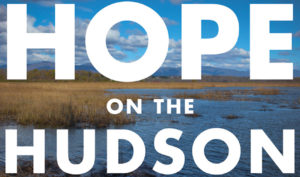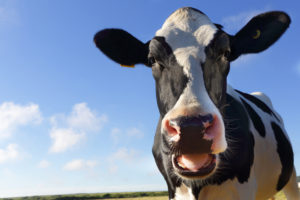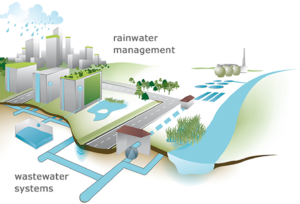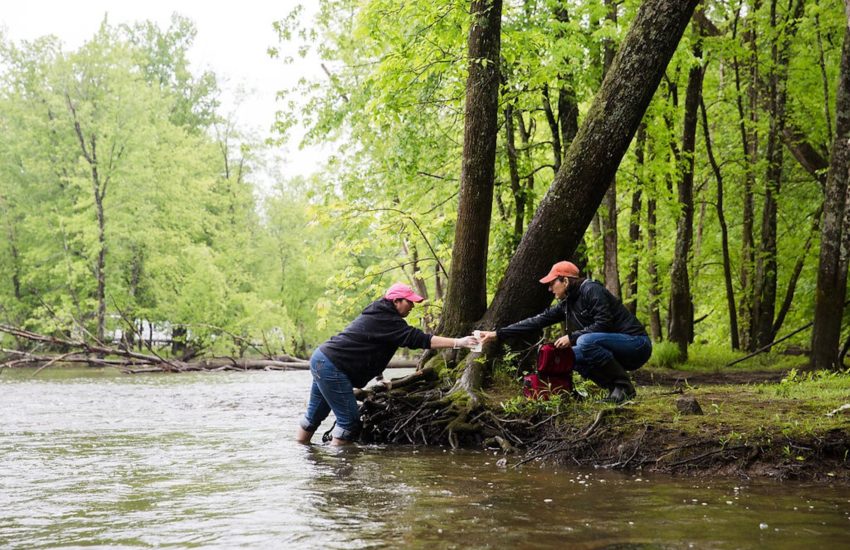Earlier this year, 10th-grade students in Ms. Gibert’s Sustainable Development class turned their attentions to the Amazon rainforest, where an alarming surge in wildfires was causing international concern. The students’ task was to analyze the situation from social, economic and environmental perspectives:
- What changes were happening to natural resources in Brazil at the time to make the rainforest vulnerable to fire?
- What was going on with the government of Brazil at the time? Its culture? Its people?
- What was the demographic make-up of the people living in the area? And was the demographic stable or in flux?
In order to make the problem more manageable, the students decided to focus on one vital natural resource: water. Water is fundamental to the Amazon’s ecosystem—the river, the plants, the animals, the clouds in the sky and the texture of the earth. An abundance of clean water makes the environment healthy and helps prevent forest fires. On the other hand, a scarcity of water can be dangerous—especially in a rainforest.

But there is another crucial element at play, in addition to water and other environmental resources: People. People are also impacted by water, and by changes to the amount of water in an area (and vice versa—people affect water, too). And it is the relationship between people and the natural world that this Sustainable Development class is really interested in.
The study of people from a statistical point of view is called “demographics,” and (as Ms. Gibert explained to her students), there is a model called the Demographic Transition Model (DTM)—which is a method for analyzing statistical changes to groups of people over time, allowing for insight into how water is linked to community development. For example, the DMT makes it possible to look at different global populations and it allows us to assess if water scarcity might be an issue, therefore impacting death and birth rates over time. It is especially illuminating to look specifically at what parts of the world are in a demographic transition, currently:
- How densely populated are certain areas?
- How diverse is the make-up of ethnicities, religions and languages?
- What is the average level of education?
- What is the quality of medicine and access to medicine in the area?
- What are the causes and effects of fluctuations to these ratios?
By analyzing this data, historians and social scientists have proven beyond a shadow of a doubt that an increasing number of humans on our planet has put a strain on precious natural resources like water. Hence the uptick in wildfires. And with climate change emerging as one of the most urgent global issues of our time, it is imperative that we start looking for solutions.
So after spending time absorbing these complex ideas (it is an overwhelming amount of information!), students tackled an assignment designed by Ms. Gibert to put them in contact with professionals working in conservation, community development and water treatment. They created radio podcasts centered on investigations into specific questions around water scarcity and Sustainable Development solutions. They found experts to interview, they brainstormed incisive questions—and their research led them in divergent but equally fascinating directions around the topic:
Hudson Riverkeeper Project

One group of students discovered New York City’s Hudson Riverkeeper project, which has improved the water quality in the estuary in recent years through investing money in upgrading sewage plants in the region and reducing pollution. The project is also responsible for installing community art gardens and parks along the waterfront to raise awareness.
 Small-Scale Biodiverse Farming
Small-Scale Biodiverse Farming
Another group of students held a magnifying glass up to the beef industry, examining how much water goes into raising cattle. They found that big, mono-culture farms are much more wasteful and harmful to the environment than small farms with traditional balances of biodiversity.
 Urban Rainwater Collection
Urban Rainwater Collection
Another group looked at rainwater collection in New York City. They examined the logistics and infrastructure of installing water barrels on the tops of buildings, and pipelines to make the collected rainwater usable for gardening and other tasks.
Urban Flood Prevention
Another group spoke to Sustainable Architecture experts at Columbia University to learn how the city fortifies its subway entrances and other vulnerable areas against storms and flooding:
All of these investigations focused on real-world projects that are using a combination of smart research, collective action, technology, and education to make a positive impact on Sustainable Development. The emphasis on case studies that showcase improvement is an important objective of the course.
“Six years ago when I started teaching Sustainable Development, I really struggled because I didn’t want students to leave my class hopeless or frustrated,” says Ms. Gibert. “But it turns out, it’s really about helping students to realize the potential that’s in their hands, and in our hands, to make adjustments to our lifestyles and government policies that will be better for the planet.”
Ms. Gibert suggests looking to the past and the future for examples of solutions to agriculture and industry that are safer for the environment. She underscores the importance of women’s rights for societies to reach their best sustainable potential, as well as access to healthcare, and, of course, education.
“Sometimes people talk about environmentalists as elitists, because we have this privilege to be environmentalists,” she says. “But there’s a lot of possibility for education to play a major role. Even on the basic level of shifting and re-framing the conversations that happen in class.”
It will be interesting to see what these 10th-grade students do next!
About the Author :
Rachel Veroff joined the Lycée’s Communications team in 2018. She brings to the school her interest in storytelling and bilingual culture.

